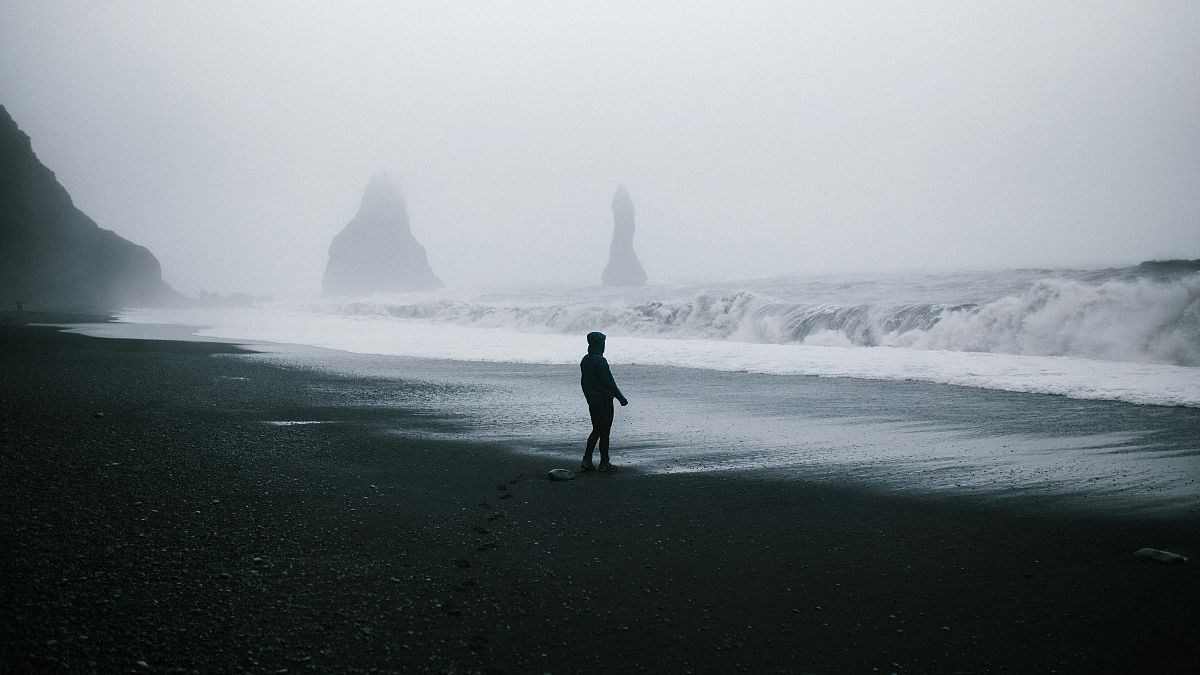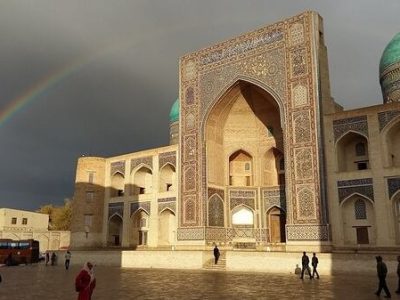A100-strong shortlist was ranked by an extensive team of travel experts, influencers, bloggers and journalists who added their personal insights.
Search for the world’s best beaches and you’ll find countless listicles waxing lyrical about golden sands and crystalline waters.
But Beachatlas, an AI-powered encyclopaedia of global beaches, has a new ranking that goes a little deeper.
“Typically, the quest for the world’s best beaches zeroes in on their visual allure,” the company writes.
“This is the first selection ever to expand and encompass diverse criteria such as the value to the local community, DEI [diversity, equity and inclusion], lifestyle offerings, and cultural significance.”
So how did the selection process work and which two European beaches made it into the top 10?
A beach ranking that goes beyond beauty
Beachatlas used an algorithm to shortlist 100 beaches according to six criteria.
One requirement was still that the destination embodied the “traditional postcard-perfect image with fine golden sands, clear blue waters and picturesque landscapes.”
But beaches were also evaluated for their nightlife, beach parties, upscale ambience and resorts and for DEI – “inclusive beaches that ensure every visitor feels represented and comfortable, regardless of their background, identity, or abilities.”
Those selected also added value to local communities by being “integral to their cities’ identities and social life. They are not just tourist attractions but places where local culture and community life flourish.”
The natural diversity criterion focused on the variety of natural beachfronts, from lakes and riverbanks to unique formations and highlighted the “abundant flora and fauna, underlining the ecological richness of these environments.”
Finally, beaches were evaluated for cultural significance. “Beaches with historical importance or a strong presence in pop culture, including those immortalised in cinema” made the cut.
The 100-strong shortlist was then ranked by an extensive team of travel experts, influencers, bloggers and journalists who added their personal insights.
Reynisfjara in Iceland is Europe’s best beach
Two beaches in Europe made it into the top 10. Reynisfjara in Iceland claimed the sixth spot. The iconic black sand beach is described as “a testament to Iceland’s volcanic heart”.
“Formed by the clash of lava from the Katla volcano and the cold North Atlantic, its shores tell a story of natural forces,” the listing says.
“The beach is also home to stunning basalt columns, creating a landscape so surreal it has captured the imagination of filmmakers and fans of Game of Thrones, Vikings, and Star Trek alike.”
In 2020, National Geographic also listed Reynisfjara as one of the 21 best beaches in the world.
If you plan on visiting, remember that sneaker waves make it one of the most dangerous destinations in Iceland. These giant waves that rise up very quickly can knock people off their feet and pull them out to sea.
The beach uses a light system to indicate which zones should not be entered at a given time.
Normandy’s D-Day beach is one of the best in the world
Thanks to its unique criteria, the ranking spotlighted some beaches that wouldn’t make a typical Instagram post with bikini-clad sunbathers.
Coming in 10th place is Omaha Beach in Normandy, France, a historic WWII landing site during the D-Day invasion by Allied forces.
“Now peaceful, the beach still holds remnants of German bunkers, marking its storied past,” Beachatlas writes.
“A striking stainless-steel sculpture, Les Braves, stands on the shore as a tribute to American soldiers, offering a deep dive into the events that unfolded on this significant stretch of coastline.”










